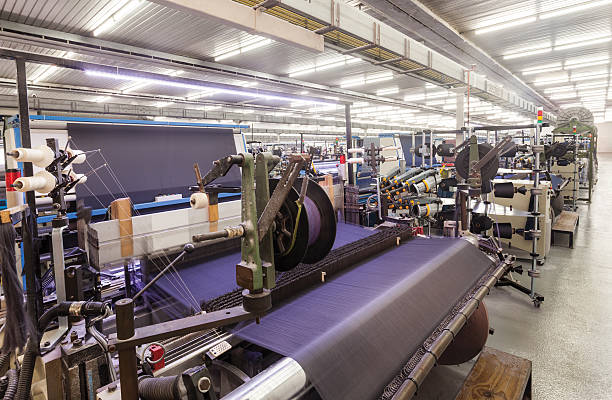Textile
Textile
The textile industry is a significant sector that encompasses the production of fibers, fabrics, and finished textile products. It plays a crucial role in the global economy, providing employment to millions of people and serving various end-use markets, including apparel, home furnishings, industrial textiles, and technical textiles. Here are some key aspects of the textile industry:
-
1. Textile Manufacturing Process:
The textile manufacturing process involves several stages, including fiber production, yarn spinning, fabric weaving or knitting, dyeing and finishing, and garment manufacturing. Each stage requires specialized equipment and techniques to produce high-quality textiles.

-
2. Types of Fibers:
Textiles can be made from natural fibers, such as cotton, wool, silk, and linen, or synthetic fibers, such as polyester, nylon, acrylic, and spandex. Blends of natural and synthetic fibers are also common, offering a balance of comfort, durability, and performance characteristics.
-
3. Global Supply Chain:
The textile industry operates on a global scale, with production facilities, raw material suppliers, and consumers located around the world. Countries with abundant resources, skilled labor, and competitive manufacturing capabilities play key roles in the global textile supply chain.
-
4. Market Segments:
The textile industry serves various market segments, including:
• Apparel: Clothing and accessories for men, women, and children, including casual wear, formal wear, sportswear, and outerwear.
• Home Textiles: Products for interior decoration and furnishing, including bedding, towels, curtains, upholstery fabrics, and rugs.
• Technical Textiles: Specialty textiles used in applications such as automotive, aerospace, healthcare, agriculture, construction, and protective clothing.
• Industrial Textiles: Textiles used in industrial applications, such as filtration, geotextiles, conveyor belts, and packaging materials. -
5. Trends and Innovations:
The textile industry is continually evolving, driven by consumer preferences, technological advancements, sustainability concerns, and regulatory requirements. Key trends and innovations include:
• Sustainable Practices: Increasing adoption of sustainable fibers, eco-friendly manufacturing processes, and circular economy principles to reduce environmental impact.
• Digitalization: Integration of digital technologies, such as 3D printing, computer-aided design (CAD), and smart textiles, to enhance product development, production efficiency, and customization.
• Fast Fashion: Rapid production and delivery of trendy, affordable clothing collections to meet consumer demand for new styles and designs.
• Supply Chain Transparency: Growing emphasis on supply chain transparency, ethical sourcing, and labor standards to address social responsibility and ethical concerns. -
6. Challenges
The textile industry faces various challenges, including:
• Competition from low-cost manufacturing countries.
• Rising labor and production costs.
• Compliance with environmental regulations and sustainability standards.
• Shifting consumer preferences and market trends.
• Supply chain disruptions, such as raw material shortages and transportation issues.Despite these challenges, the textile industry continues to innovate and adapt to meet the evolving needs of consumers and businesses worldwide.

